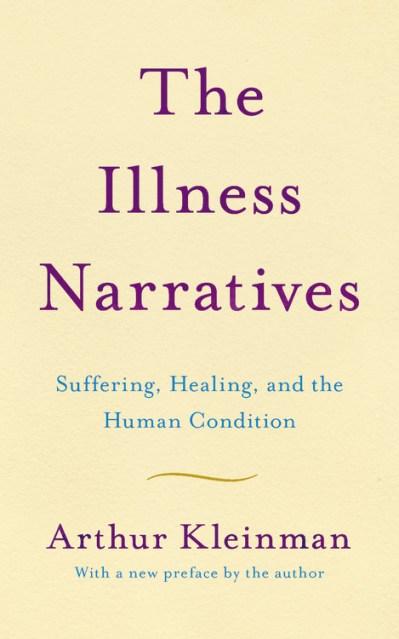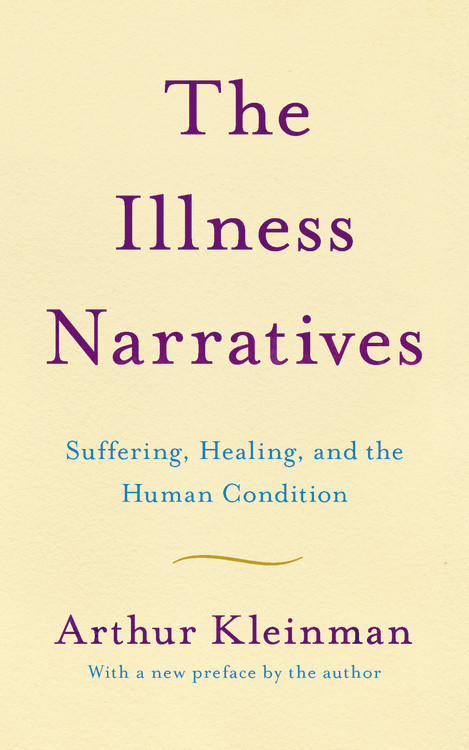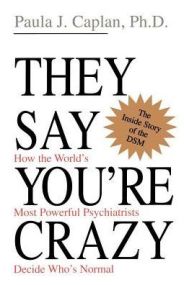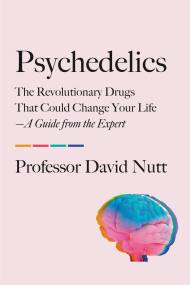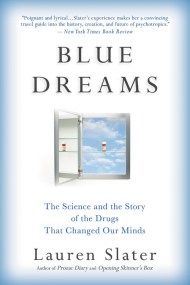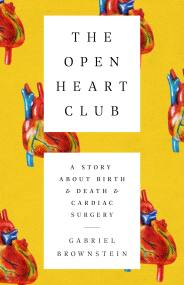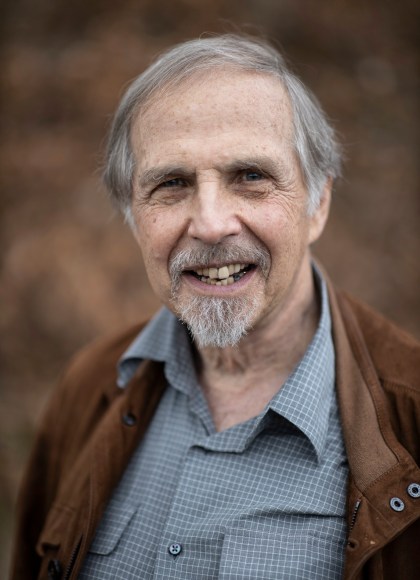Promotion
Use code MOM24 for 20% off site wide + free shipping over $45
The Illness Narratives
Suffering, Healing, And The Human Condition
Contributors
Formats and Prices
Price
$19.99Price
$24.99 CADFormat
Format:
- Trade Paperback (New edition) $19.99 $24.99 CAD
- ebook (New edition) $12.99 $16.99 CAD
- Audiobook Download
This item is a preorder. Your payment method will be charged immediately, and the product is expected to ship on or around October 13, 2020. This date is subject to change due to shipping delays beyond our control.
Also available from:
From one of America’s most celebrated psychiatrists, the book that has taught generations of healers why healing the sick is about more than just diagnosing their illness.
Modern medicine treats sick patients like broken machines — figure out what is physically wrong, fix it, and send the patient on their way. But humans are not machines. When we are ill, we experience our illness: we become scared, distressed, tired, weary. Our illnesses are not just biological conditions, but human ones.
It was Arthur Kleinman, a Harvard psychiatrist and anthropologist, who saw this truth when most of his fellow doctors did not. Based on decades of clinical experience studying and treating chronic illness, The Illness Narratives makes a case for interpreting the illness experience of patients as a core feature of doctoring.
Before Being Mortal, there was The Illness Narratives. It remains today a prescient and passionate case for bridging the gap between patient and practitioner.
It was Arthur Kleinman, a Harvard psychiatrist and anthropologist, who saw this truth when most of his fellow doctors did not. Based on decades of clinical experience studying and treating chronic illness, The Illness Narratives makes a case for interpreting the illness experience of patients as a core feature of doctoring.
Before Being Mortal, there was The Illness Narratives. It remains today a prescient and passionate case for bridging the gap between patient and practitioner.
Genre:
- On Sale
- Oct 13, 2020
- Page Count
- 336 pages
- Publisher
- Basic Books
- ISBN-13
- 9781541647121
Newsletter Signup
By clicking ‘Sign Up,’ I acknowledge that I have read and agree to Hachette Book Group’s Privacy Policy and Terms of Use
